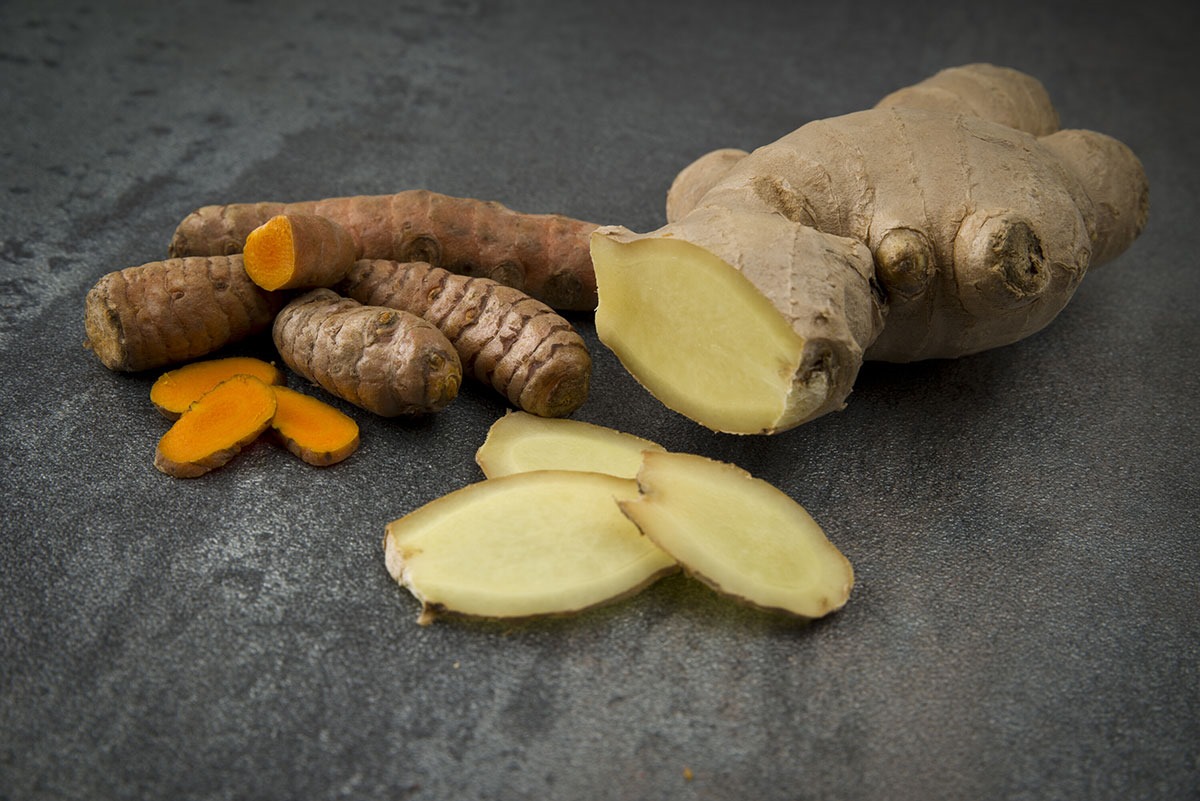

Articles
How To Store Fresh Ginger And Turmeric
Modified: January 6, 2024
Learn how to store fresh ginger and turmeric in this informative article. Keep your ingredients fresh and flavorful for longer periods.
(Many of the links in this article redirect to a specific reviewed product. Your purchase of these products through affiliate links helps to generate commission for Storables.com, at no extra cost. Learn more)
Introduction
Welcome to our guide on how to store fresh ginger and turmeric. Ginger and turmeric are both versatile root spices that add delicious flavor and numerous health benefits to a variety of dishes. Whether you use them in cooking, baking, or as natural remedies, it’s important to know how to store them properly to maintain their freshness and quality.
Fresh ginger is known for its zesty flavor and medicinal properties, while turmeric offers a vibrant color and powerful anti-inflammatory benefits. Both of these roots have been used for centuries in traditional medicine and culinary practices. But in order to fully enjoy their flavor and health benefits, it’s crucial to learn how to store them correctly.
In this article, we will dive into the proper storage techniques for fresh ginger and turmeric. We will cover everything from the best storage conditions, to storing them in the refrigerator or freezer, and even share some tips and tricks to extend their shelf life. Let’s get started!
Key Takeaways:
- Proper storage of fresh ginger and turmeric is crucial to maintain their flavor, texture, and nutritional value. Follow specific storage conditions and techniques to extend their shelf life and minimize waste.
- Incorporate fresh ginger and turmeric into your culinary creations to elevate flavors and potentially reap health benefits. Experiment with cooking, beverages, and natural remedies to savor the vibrant essence of these remarkable roots.
Read more: How To Store Ginger And Turmeric
Understanding Fresh Ginger and Turmeric
Before we delve into the storage methods, let’s take a moment to understand the characteristics of fresh ginger and turmeric. Both of these roots belong to the Zingiberaceae family and are native to Southeast Asia.
Fresh ginger is known for its distinct flavor and aroma. It has a pungent, citrusy, and slightly sweet taste, making it a popular ingredient in various cuisines around the world. Ginger is also recognized for its medicinal properties, such as aiding digestion, soothing inflammation, and boosting the immune system.
Turmeric, on the other hand, is renowned for its vibrant yellow color and earthy, slightly bitter flavor. It contains a compound called curcumin, which is known for its potent anti-inflammatory and antioxidant effects. Turmeric is often used in curries, soups, and stews, as well as in traditional Ayurvedic and Chinese medicine.
When it comes to buying fresh ginger and turmeric, look for roots that are firm, plump, and free from blemishes or mold. The skin of ginger should be thin and smooth, while turmeric should have a bright orange color. The fresher the roots, the more potent the flavor and health benefits will be.
Now that we have a better understanding of these magnificent roots, let’s explore the importance of proper storage techniques to preserve their freshness and maximize their shelf life.
The Importance of Proper Storage
Proper storage is essential for preserving the flavor, texture, and nutritional value of fresh ginger and turmeric. When stored correctly, these roots can stay fresh for an extended period, allowing you to enjoy their delightful taste and health benefits for longer.
Exposing fresh ginger and turmeric to unfavorable conditions can result in spoilage and loss of quality. Moisture, heat, and light are the enemies of these roots, as they can lead to rotting, mold growth, loss of flavor, and diminished nutritional value.
By storing fresh ginger and turmeric properly, you can also prevent them from drying out and becoming tough or fibrous. This will ensure that they retain their moistness, aromatic properties, and vibrant colors, making them a joy to cook with.
Furthermore, storing ginger and turmeric correctly will save you money and reduce food waste. If these roots are not stored properly, they may deteriorate quickly and become unusable, leading to unnecessary waste.
Now that we understand why proper storage is vital for fresh ginger and turmeric, let’s explore the best storage conditions for each of these roots to maintain their quality and freshness.
Best Storage Conditions for Fresh Ginger
Fresh ginger can be quite sensitive and can easily lose its flavor and texture if not stored properly. To keep ginger fresh and extend its shelf life, it’s important to provide the right storage conditions.
The ideal storage condition for fresh ginger is a cool, dry, and dark environment. These roots prefer temperatures between 50°F to 55°F (10°C to 13°C) with a humidity level around 40% to 50%. Avoid storing ginger in areas that are too warm or exposed to direct sunlight, as this can cause sprouting, mold growth, and overall deterioration.
When it comes to storing ginger, you have two primary options: the refrigerator or the freezer. Let’s explore both methods.
Storing Fresh Ginger in the Refrigerator:
One of the most common methods for storing fresh ginger is in the refrigerator. Here’s how you can do it:
- Wrap the ginger root in a slightly damp paper towel to provide some moisture.
- Place the wrapped ginger in a resealable plastic bag or an airtight container.
- Label the bag or container with the date of storage for easy reference.
- Store the ginger in the crisper drawer or the coldest part of the refrigerator.
When stored in the refrigerator, fresh ginger can last for about 2 to 3 weeks. Make sure to check on it periodically and discard any pieces that show signs of mold or spoilage.
Storing Fresh Ginger in the Freezer:
If you want to extend the shelf life of ginger even further, you can consider freezing it. Freezing ginger is a great option if you have a large quantity or want to keep it for longer periods. Here’s how:
- Peel the ginger, if desired, and cut it into small pieces or grate it.
- Place the ginger in an airtight container or a freezer bag.
- Remove as much air as possible from the bag or container before sealing.
- Label the bag or container with the date of freezing.
- Place the ginger in the freezer.
Frozen ginger can last for up to 6 months without compromising its flavor or quality. Whenever you need ginger for a recipe, simply remove the desired amount and return the rest to the freezer.
Now that you know how to store fresh ginger, let’s explore the best storage methods for its vibrant counterpart, turmeric.
Storing Fresh Ginger in the Refrigerator
One of the most common and effective methods of storing fresh ginger is in the refrigerator. The cool temperature of the fridge helps to slow down the deterioration process and maintain the freshness of the ginger for a longer period of time.
Here are the steps to store fresh ginger in the refrigerator:
- Choose a fresh ginger root that is firm, smooth, and free from any mold or soft spots.
- If desired, peel the ginger using a vegetable peeler or the edge of a spoon. However, it is not necessary to peel the ginger before storing it.
- Place the ginger root in a resealable plastic bag or an airtight container. You can also wrap it in a slightly damp paper towel to provide some moisture.
- Seal the bag or container tightly to prevent any air from entering.
- Label the bag or container with the date of storage so that you can keep track of how long it has been stored.
- Store the ginger in the crisper drawer or the coldest part of the refrigerator, away from any strong-smelling foods that may impart their aroma to the ginger.
When stored properly in the refrigerator, fresh ginger can retain its quality for up to 2 to 3 weeks. It is important to check the ginger periodically for any signs of spoilage, such as mold or a rancid smell. If you notice any adverse changes, discard the affected pieces and use the remaining ginger as soon as possible.
Storing ginger in the refrigerator provides a convenient and easily accessible option for incorporating it into your cooking or adding it to beverages like tea or smoothies. However, if you have a surplus of ginger or want to extend its shelf life even further, freezing is a viable option.
In the next section, we will explore how to store fresh ginger in the freezer, ensuring its preservation and availability for months to come.
Store fresh ginger and turmeric in the refrigerator in a resealable plastic bag or airtight container to keep them fresh for up to 3 weeks. Alternatively, you can freeze them for longer storage.
Read more: How To Store Ginger And Turmeric Root
Storing Fresh Ginger in the Freezer
If you want to extend the shelf life of fresh ginger even further, freezing it is an excellent option. Freezing ginger not only preserves its flavor and texture but also allows you to have ginger on hand whenever you need it without the risk of it spoiling.
Here are the steps to store fresh ginger in the freezer:
- Choose a fresh ginger root that is firm, plump, and free from any mold or soft spots.
- Peel the ginger using a vegetable peeler or the edge of a spoon. Peeling the ginger is optional and depends on your preference.
- Cut the ginger into small pieces or grate it, depending on your preference and how you plan to use it in your recipes.
- Place the ginger pieces or grated ginger in an airtight container or a freezer-safe bag.
- If using a bag, try to remove as much air as possible before sealing it to minimize freezer burn.
- Label the container or bag with the date of freezing for easy reference in the future.
- Place the container or bag of ginger in the freezer, preferably in a spot where it won’t get squished or crushed.
Frozen ginger can maintain its flavor and quality for up to 6 months when stored properly. When you need ginger for a recipe, simply remove the desired amount from the freezer and return the rest to continue freezing. There is no need to thaw frozen ginger before using it; you can grate or chop it directly from its frozen state.
Freezing ginger is especially useful when you come across a batch of fresh ginger that you won’t be able to use up before it spoils. By freezing it, you can have ginger readily available for use in marinades, stir-fries, curries, or any other recipe that calls for its unique flavor.
Now that you know how to store fresh ginger in both the refrigerator and the freezer, it’s time to explore the best techniques for storing its vibrant cousin, turmeric.
Storing Fresh Turmeric
Just like ginger, fresh turmeric can be stored to extend its shelf life and preserve its flavor and medicinal properties. Proper storage techniques will help maintain the freshness and vibrancy of turmeric, ensuring that you can enjoy its unique taste and health benefits for an extended period of time.
Here are the steps to store fresh turmeric:
- Choose fresh turmeric roots that are firm, smooth, and free from any mold, soft spots, or signs of deterioration.
- Keep the skin on the turmeric roots intact, as it helps protect the moisture content and flavor.
- Place the turmeric roots in a breathable bag, such as a mesh produce bag or a paper bag. Avoid using plastic bags, as they can accumulate condensation and promote moisture buildup.
- Ensure that the bag is loosely closed to allow some airflow, but also prevents excessive moisture loss.
- Store the bag of turmeric in a cool, dry, and dark place, such as a pantry or a cupboard.
When stored properly, fresh turmeric can maintain its quality for about two to three weeks. It is important to periodically check the turmeric for any signs of deterioration, such as mold growth or a soft texture. Discard any affected pieces and use the remaining turmeric in your recipes or remedies as soon as possible.
If you have an excess quantity of fresh turmeric or want to store it for a longer duration, you can also consider freezing it:
- Peel the turmeric using a vegetable peeler or a spoon, similar to how you would peel ginger. This step is optional, but it can make it easier to grate or chop the turmeric when needed.
- Cut the turmeric into small pieces or grate it, depending on your preference and how you plan to use it in your recipes.
- Place the turmeric pieces or grated turmeric in an airtight container or a freezer-safe bag.
- Remove as much air as possible from the bag or container before sealing it.
- Label the container or bag with the date of freezing for future reference.
- Store the turmeric in the freezer, where it can remain fresh for up to six months.
Freezing turmeric is an excellent way to preserve its flavor and ensure its availability for longer periods. When you need turmeric for a recipe, simply take out the desired amount from the freezer and return the rest to continue freezing.
Remember to incorporate both fresh ginger and turmeric into your cooking, beverages, or natural remedies to enjoy their unique flavors and health-enhancing properties. With proper storage, you can ensure that these remarkable roots are always within reach.
Next, let’s explore some tips and tricks for extending the shelf life of both fresh ginger and turmeric.
Using Fresh Ginger and Turmeric
Fresh ginger and turmeric are versatile ingredients that can be used in a wide range of culinary creations. Their unique flavors and health benefits make them valuable additions to various dishes, beverages, and natural remedies. Here are some popular ways to use fresh ginger and turmeric:
Cooking:
- Add finely minced or grated ginger to stir-fries, soups, curries, and marinades for a zesty and aromatic kick.
- Incorporate grated turmeric into curries, rice dishes, and sauces to introduce a vibrant color and earthy flavor.
- Create homemade ginger and turmeric teas by steeping slices of the roots in hot water. Add honey or lemon for extra flavor.
- Infuse oils, vinegars, or broths with ginger and turmeric to enhance the flavor of dressings, sauces, and marinades.
- Grate or mince ginger and turmeric into baked goods like cookies, cakes, and bread for a subtle yet distinct flavor.
Beverages:
- Add freshly grated ginger or turmeric to smoothies and juices for a burst of flavor and potential health benefits.
- Create refreshing ginger and turmeric-infused lemonades or iced teas for a flavorful and invigorating drink.
- Make golden milk by combining turmeric, ginger, spices, and milk for a soothing and nourishing beverage.
Natural Remedies:
- Brew ginger tea to help soothe digestion, relieve nausea, or alleviate cold and flu symptoms.
- Create a turmeric paste by combining fresh turmeric with water or coconut oil, and use it topically on minor skin irritations or as a face mask.
- Combine ginger, turmeric, and other immune-boosting ingredients to create homemade immune-boosting shots or tonics.
Experiment with different recipes and methods of incorporating fresh ginger and turmeric into your culinary escapades. Whether you’re adding them to savory dishes, drinks, or even homemade remedies, fresh ginger and turmeric can elevate the flavors and provide potential health benefits.
Now that you have an arsenal of ideas for using fresh ginger and turmeric, let’s explore some tips and tricks for extending their shelf life and ensuring their continued freshness.
Tips and Tricks for Extending Shelf Life
To make the most out of your fresh ginger and turmeric and extend their shelf life, here are some helpful tips and tricks:
1. Choose Quality Roots: Select fresh ginger and turmeric roots that are firm, plump, and free from any signs of mold or decay. The fresher the roots, the longer they will last.
2. Store Unpeeled: Keep the skins of ginger and turmeric intact for storage, as they help protect the moisture content and flavor of the roots.
3. Avoid Moisture: Moisture can cause fresh ginger and turmeric to rot quickly. Ensure that the roots are completely dry before storing them.
4. Do Not Wash: It’s best to avoid washing ginger and turmeric before storage, as excess moisture can promote spoilage. Instead, clean them right before using.
5. Keep in a Dark Place: Both ginger and turmeric prefer dark environments, so store them in a cool and dark pantry or cupboard. Avoid exposing them to direct sunlight.
6. Use Airtight Containers: Store ginger and turmeric roots in airtight containers or resealable bags to prevent moisture loss and exposure to air, which can lead to drying out.
7. Label and Date: Always label the bags or containers with the date of storage to keep track of how long the ginger and turmeric have been stored.
8. Regularly Check for Spoilage: Periodically inspect the stored ginger and turmeric for any signs of mold, softness, or unpleasant odor. Discard any spoiled pieces immediately to prevent contamination.
9. Grate or Slice Before Freezing: If you prefer freezing ginger and turmeric, peel them first, and grate or slice them into manageable portions. This makes it easier to use them later without thawing the whole root.
10. Use Proper Storage Equipment: Opt for freezer-safe bags or containers when freezing ginger and turmeric to prevent freezer burn and maintain quality.
By following these tips and tricks, you can prolong the freshness and usability of fresh ginger and turmeric, ensuring that you have a steady supply for all your culinary adventures.
Now that you’re armed with the knowledge of proper storage and usage, you can fully enjoy the flavors and health benefits of these remarkable roots. Incorporate fresh ginger and turmeric into your cooking, beverages, and natural remedies, and savor the vibrant and aromatic essence they bring to your creations.
With these ingredients at your disposal, you can explore a world of flavors, while reaping the potential health benefits that ginger and turmeric have to offer. So, get creative in the kitchen and embrace the wonders of these extraordinary roots!
Remember to experiment, have fun, and explore new ways to use fresh ginger and turmeric in your culinary endeavors. Happy cooking!
Need HTML code before validate ?
Read more: How To Store Fresh Turmeric
Conclusion
Fresh ginger and turmeric are not only flavorful additions to our culinary creations but also offer numerous health benefits. By understanding how to store these roots properly, you can preserve their freshness, flavors, and medicinal properties for an extended period of time.
Whether you choose to store fresh ginger in the refrigerator or freezer, or opt for storing turmeric in a cool cupboard or freezing it, following these storage methods will help maintain the quality and usability of these remarkable roots.
Remember to choose fresh and high-quality ginger and turmeric roots, keep them dry and protected from excessive moisture, and store them in airtight containers or bags to prevent exposure to air and extend their shelf life.
Utilizing fresh ginger and turmeric in your cooking, beverages, and natural remedies can bring a burst of flavor, vibrant colors, and potential health benefits to your creations. From adding zing to your stir-fries and curries, to creating soothing ginger and turmeric-infused teas, the possibilities are endless.
By incorporating these roots into your culinary adventures, you can elevate your dishes with their unique flavors, reap their potential health benefits, and explore a world of aromatic possibilities.
So, the next time you come across fresh ginger and turmeric, ensure that you store them properly to maximize their shelf life. With a little care and attention, you can enjoy the goodness of these fantastic roots for weeks or even months after purchase.
Remember to follow the tips and tricks discussed in this guide, such as choosing quality roots, keeping them in the right storage conditions, and checking for spoilage regularly. These practices will help you make the most out of your fresh ginger and turmeric while minimizing waste.
So, let your creativity soar in the kitchen, experiment with new recipes, and reap the benefits of fresh ginger and turmeric’s incredible flavors and potential health perks.
Now that you have all the knowledge to store fresh ginger and turmeric properly, it’s time to get cooking and discover the wonders they can bring to your culinary journey.
Frequently Asked Questions about How To Store Fresh Ginger And Turmeric
Was this page helpful?
At Storables.com, we guarantee accurate and reliable information. Our content, validated by Expert Board Contributors, is crafted following stringent Editorial Policies. We're committed to providing you with well-researched, expert-backed insights for all your informational needs.

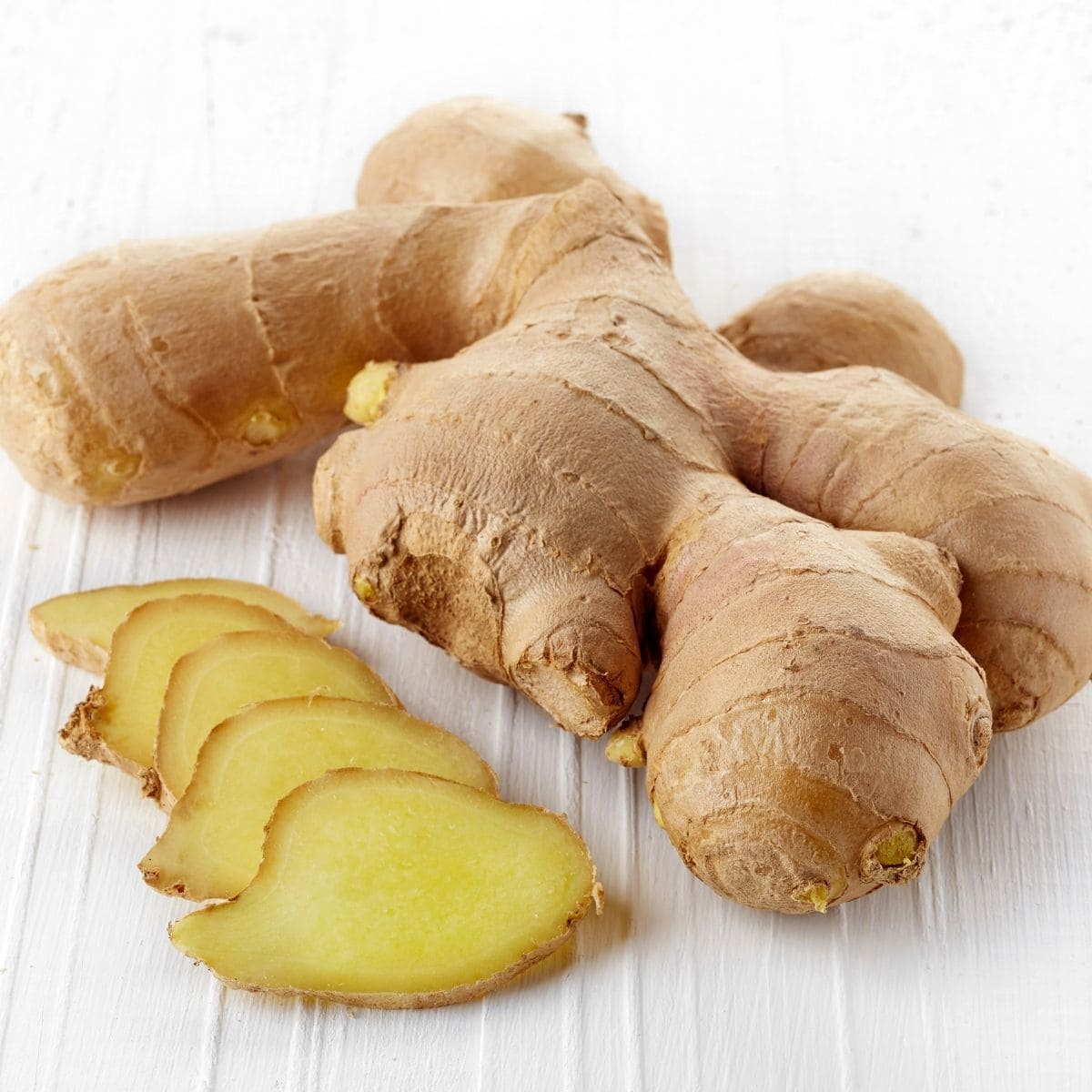
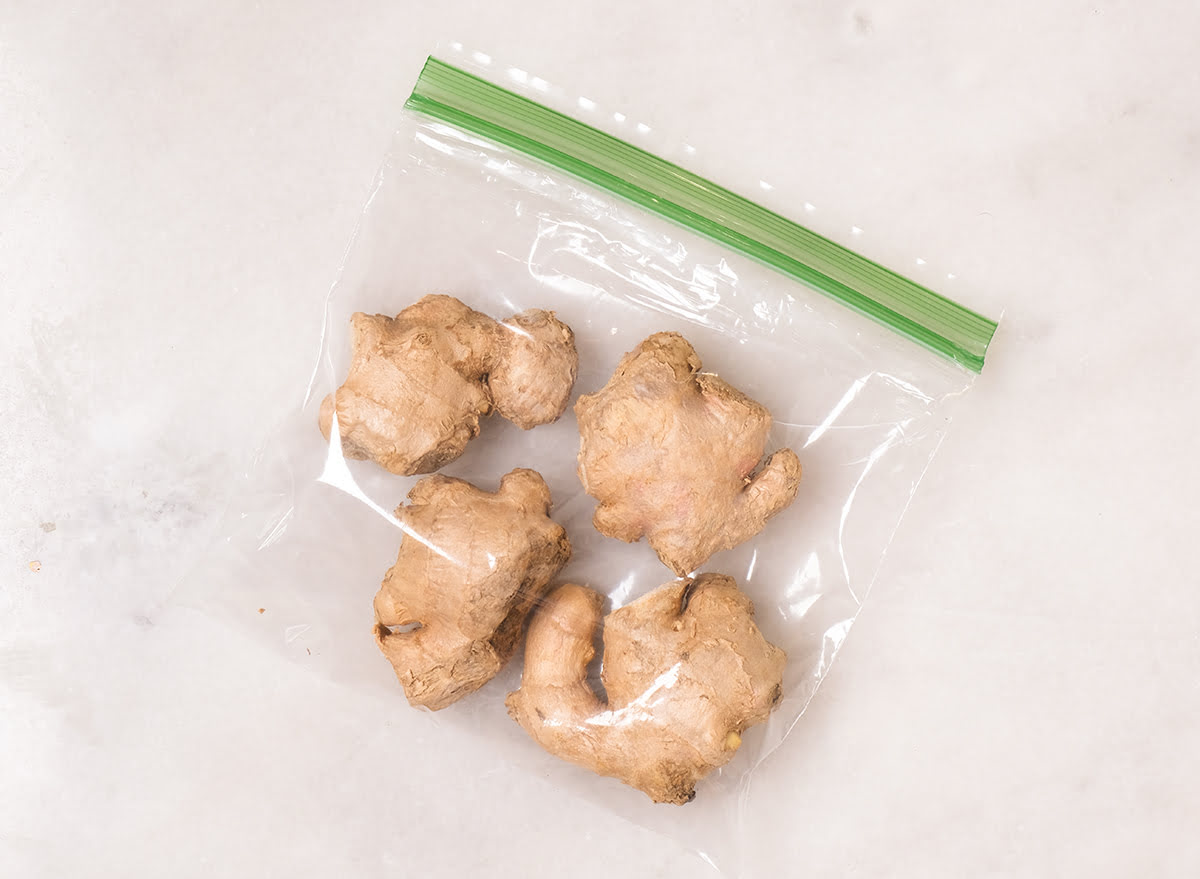

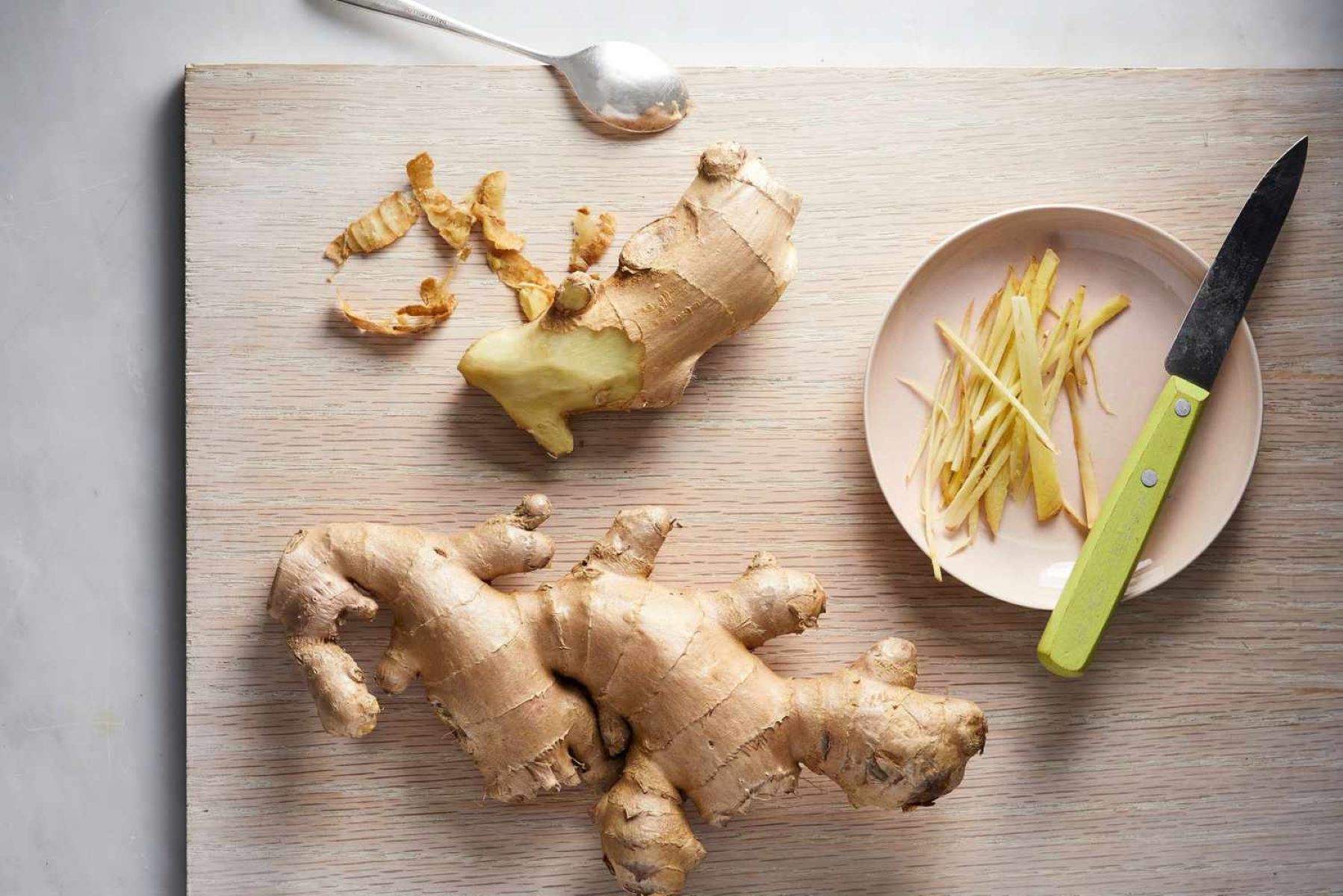
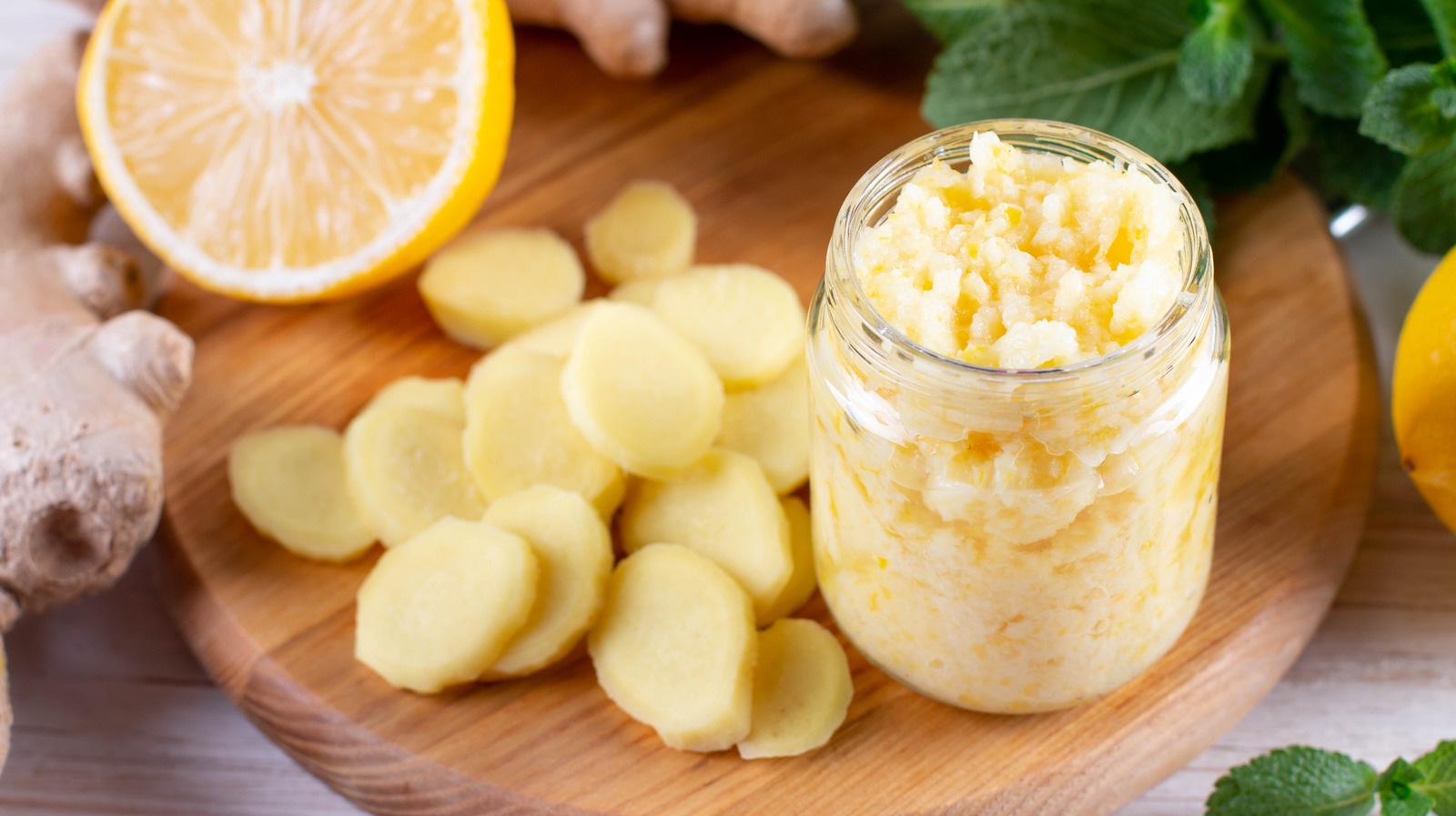
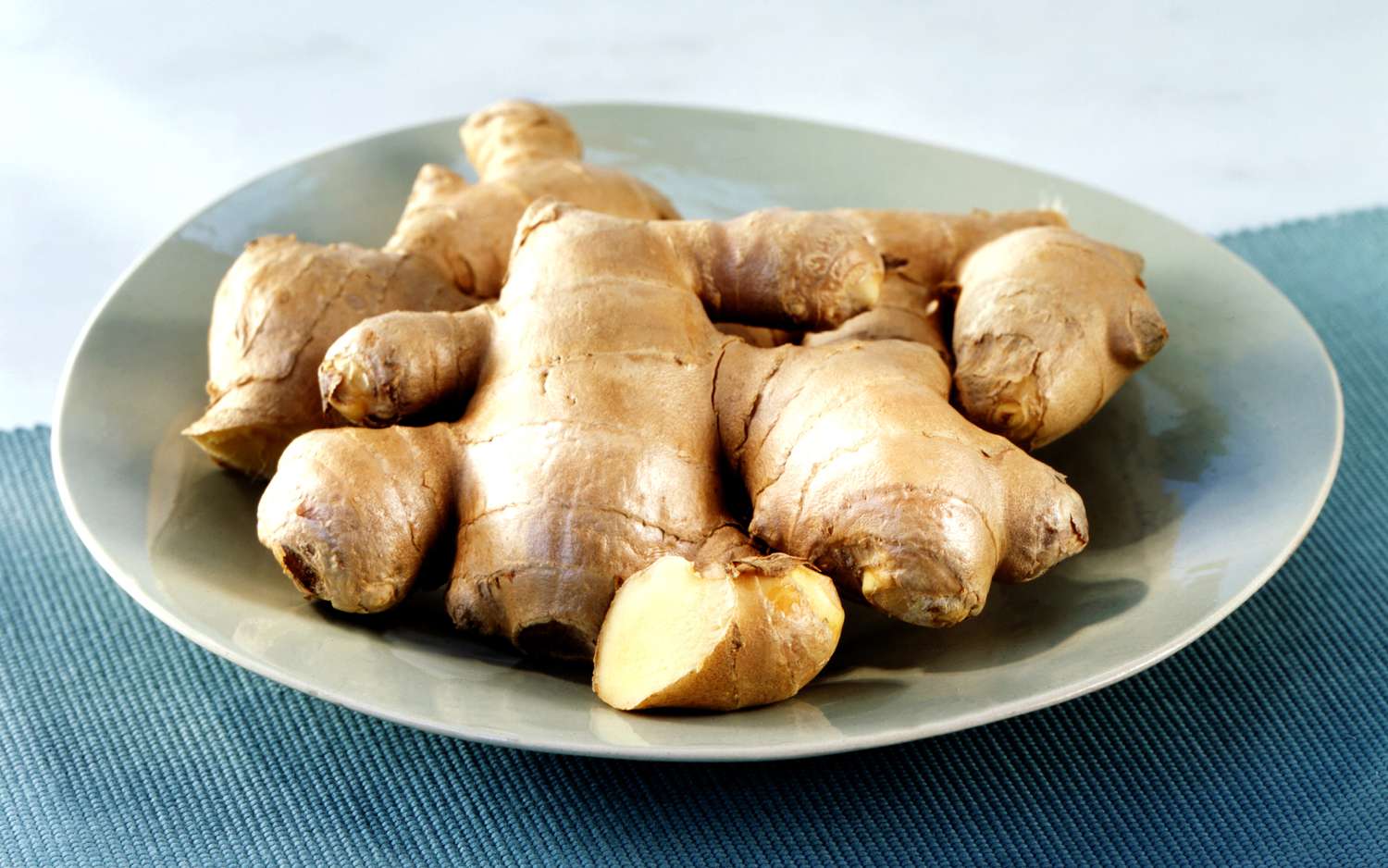
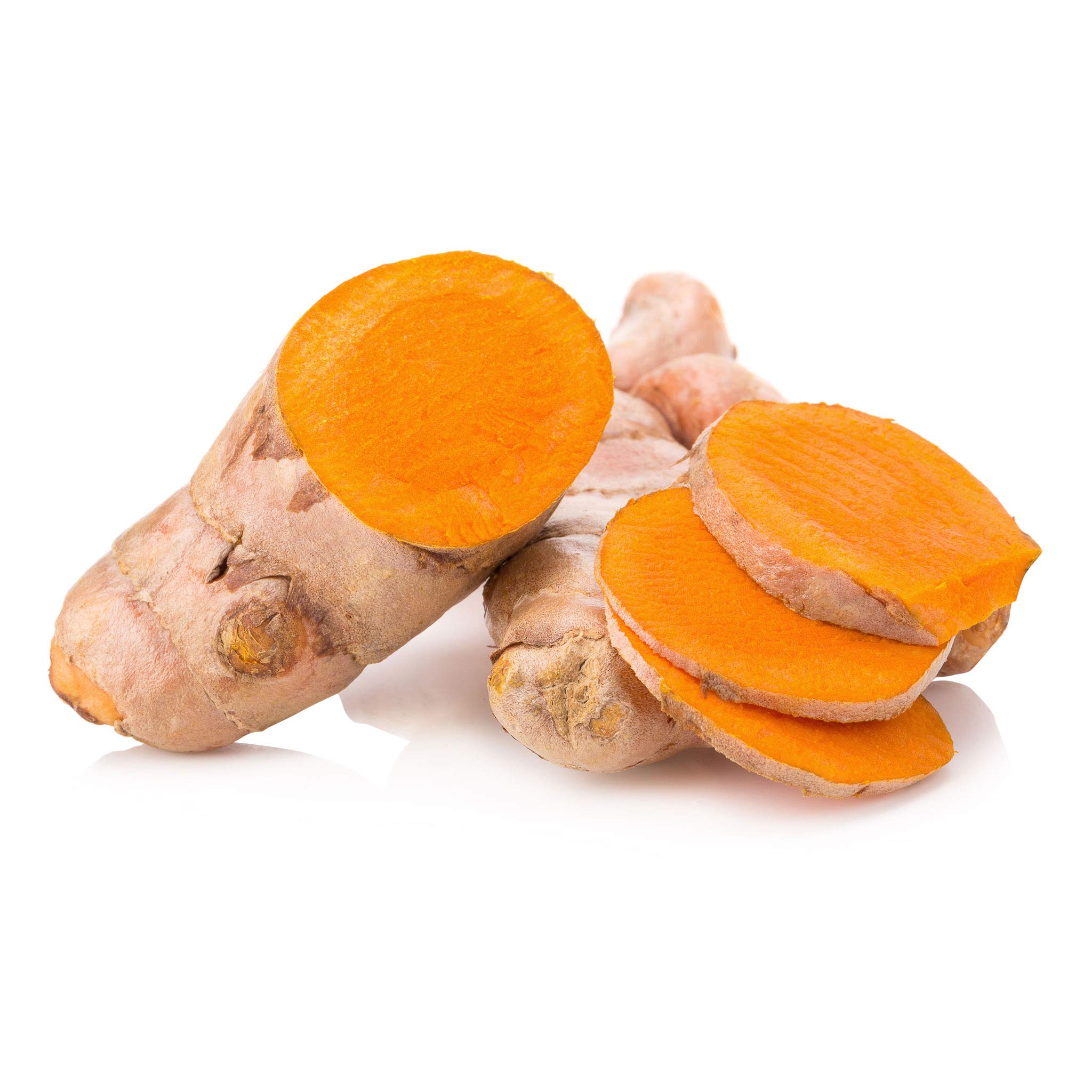
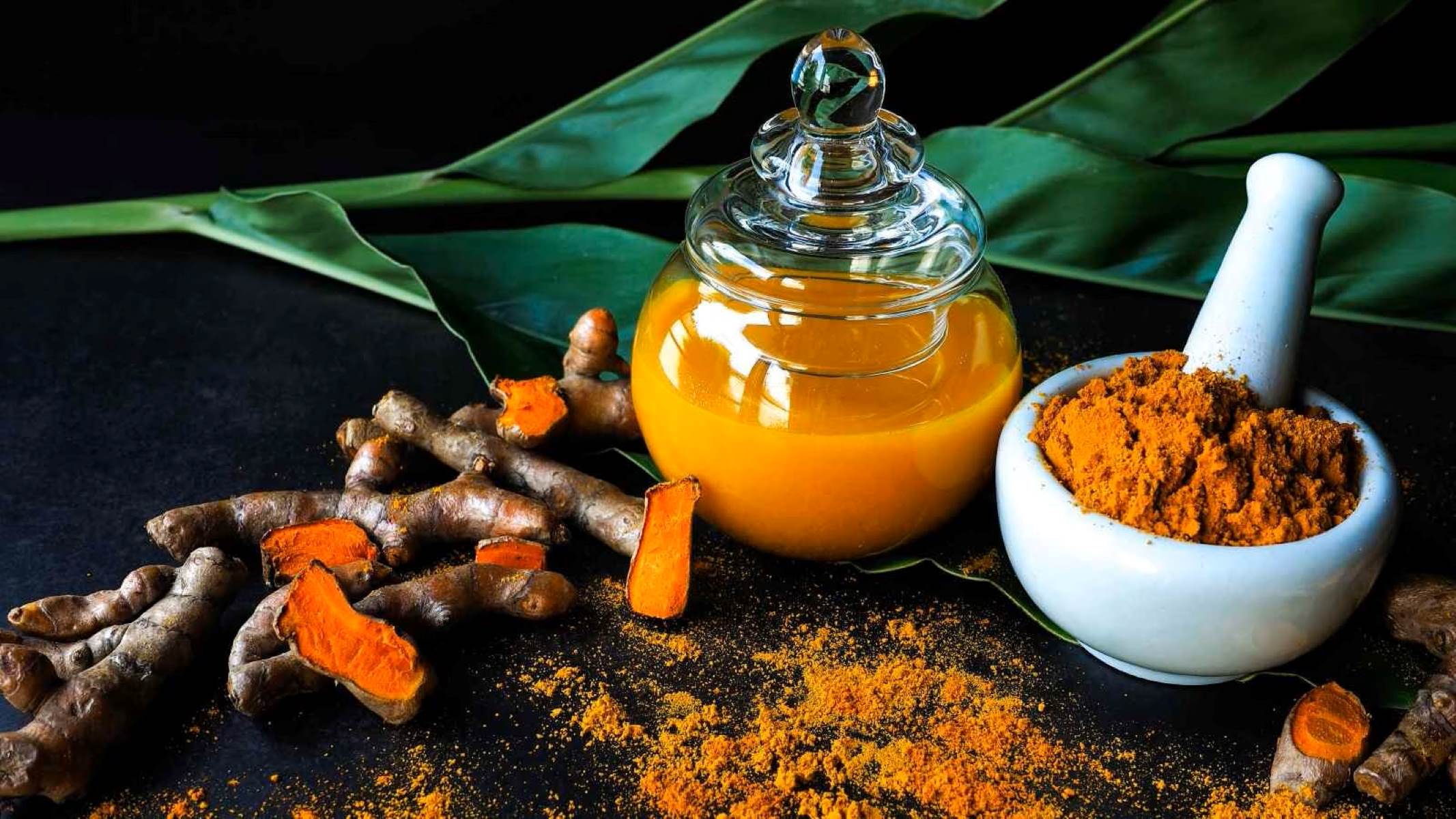
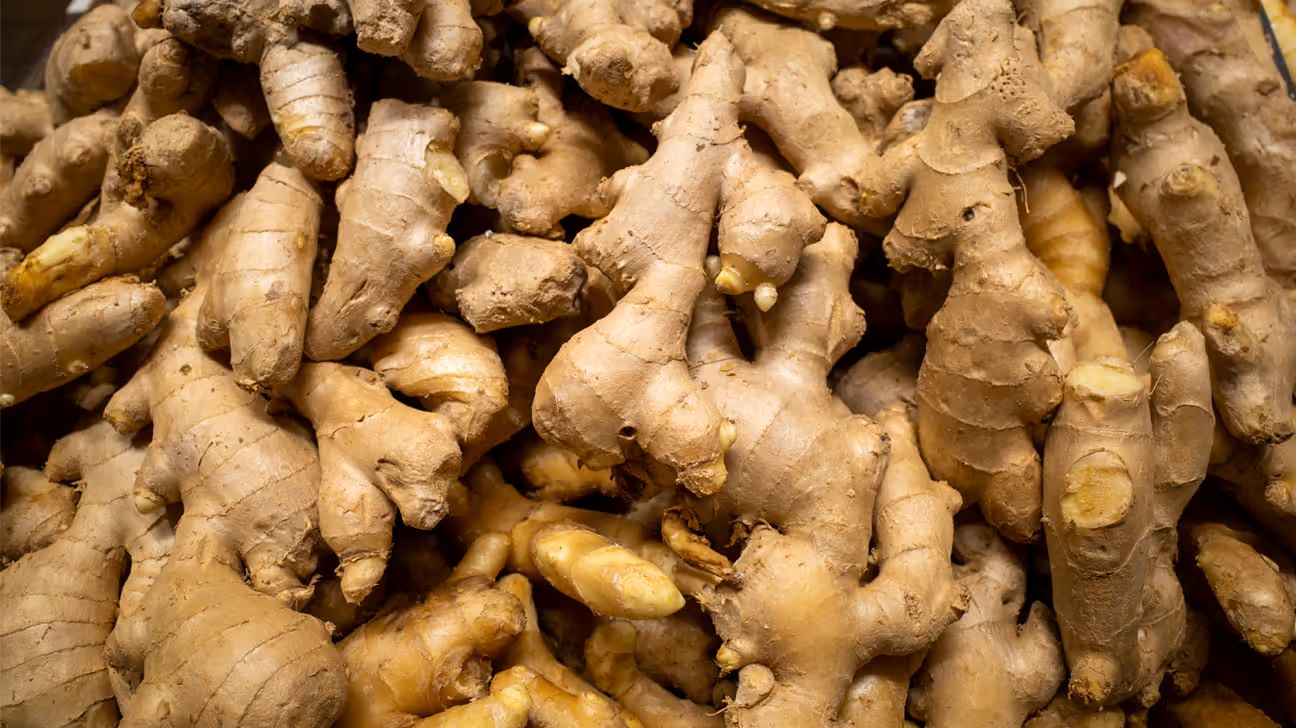
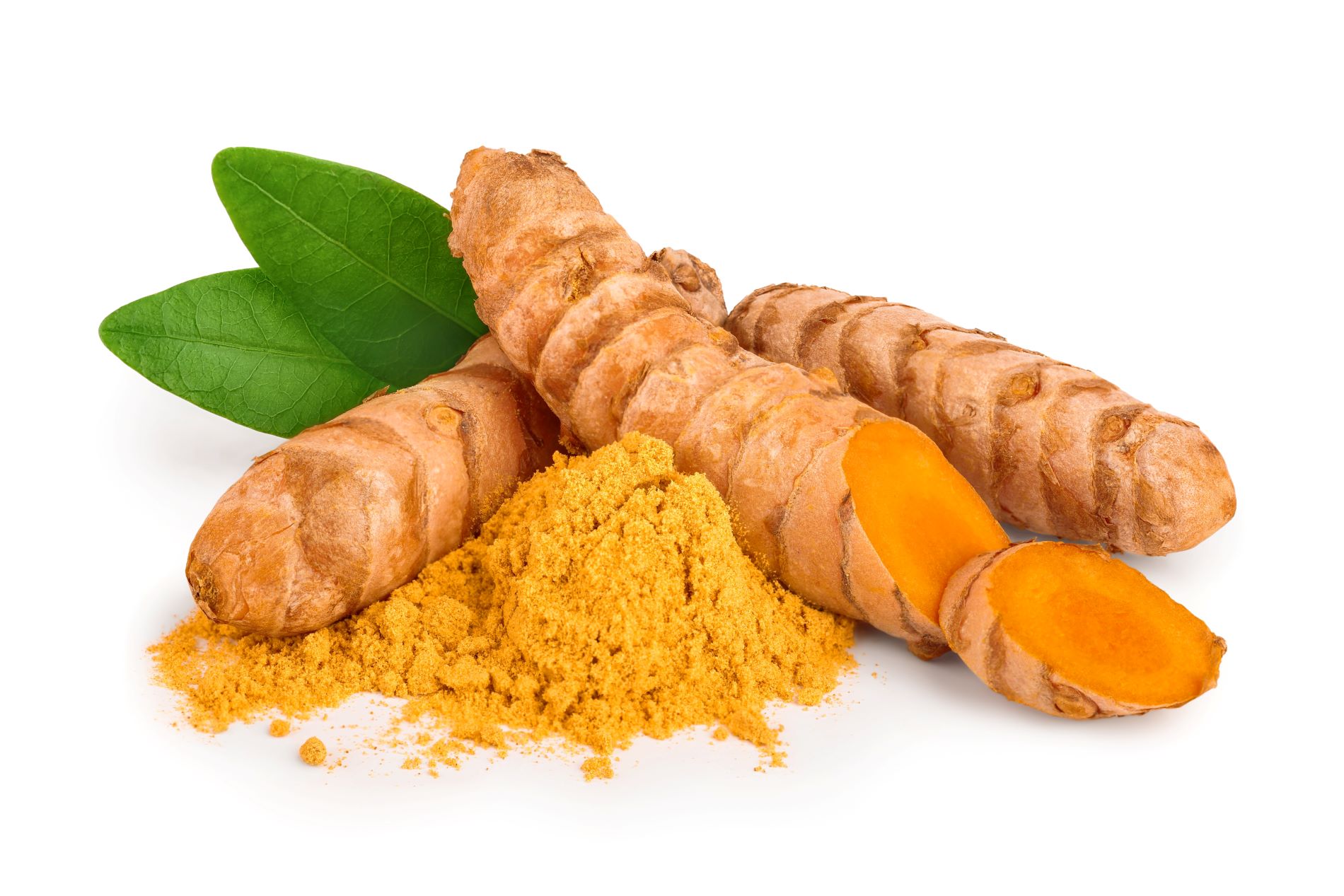
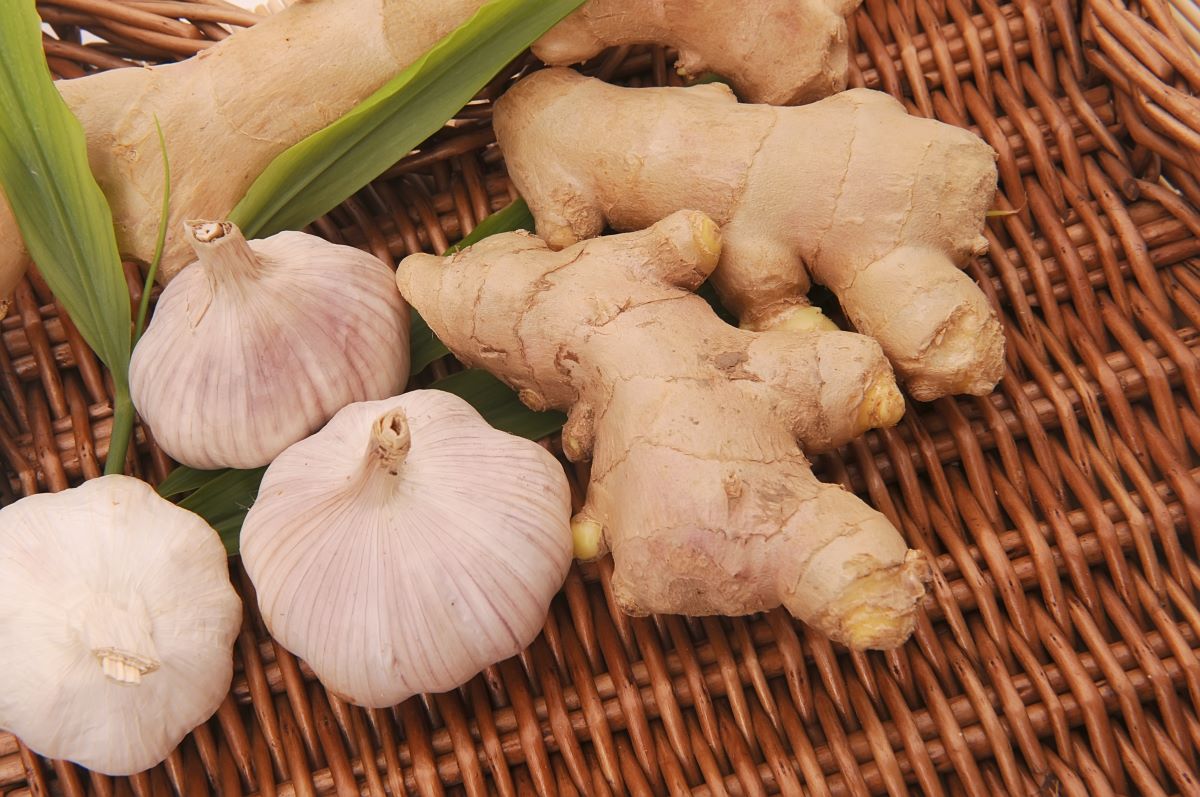
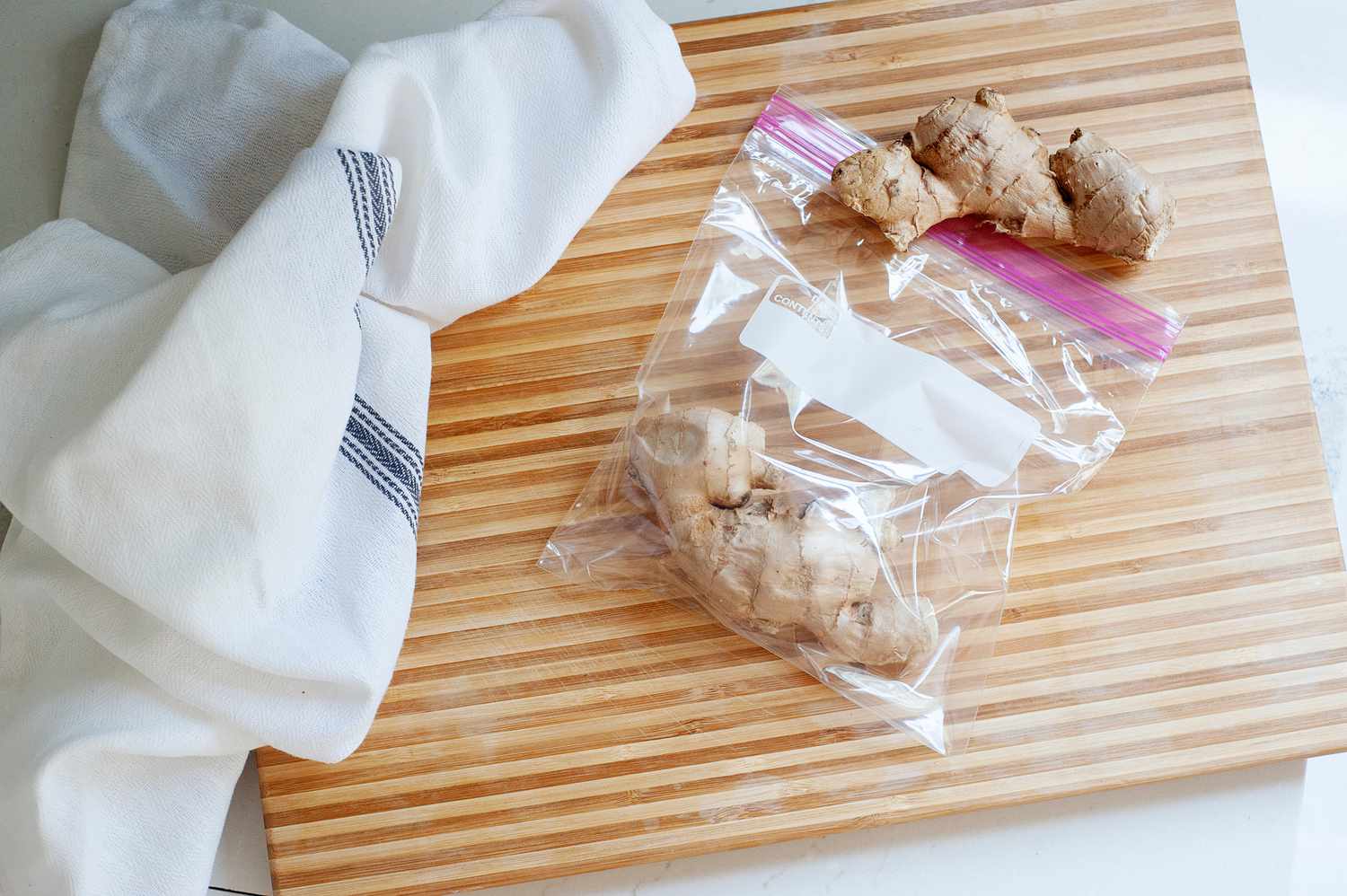

0 thoughts on “How To Store Fresh Ginger And Turmeric”